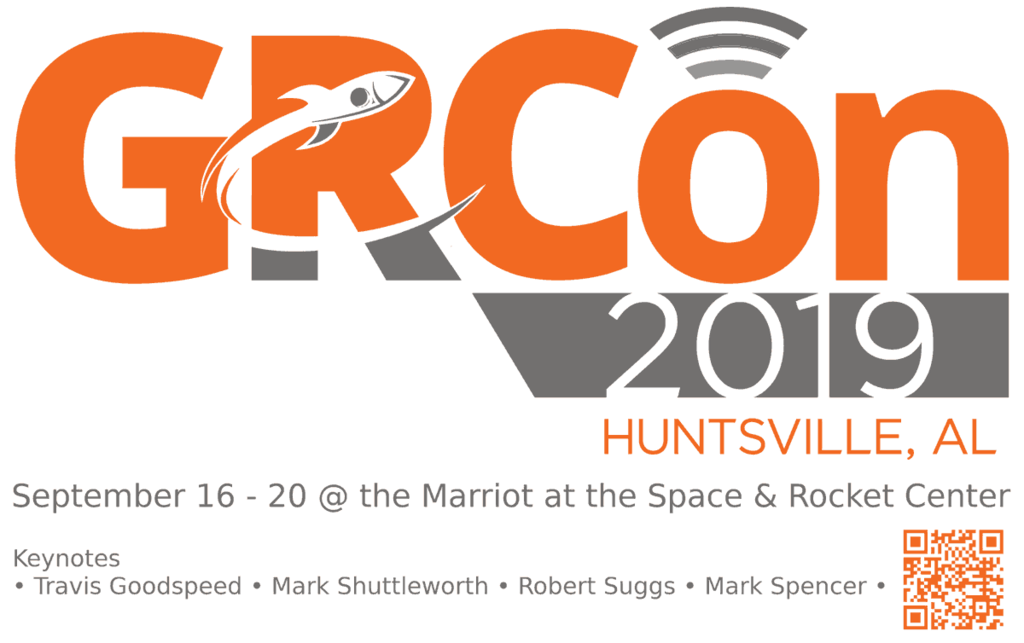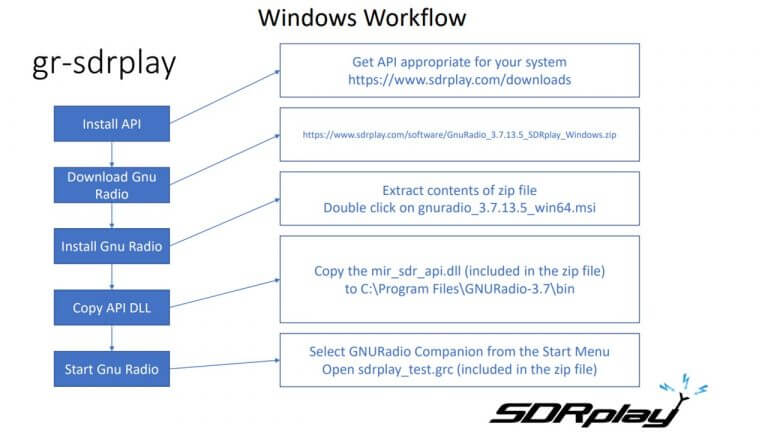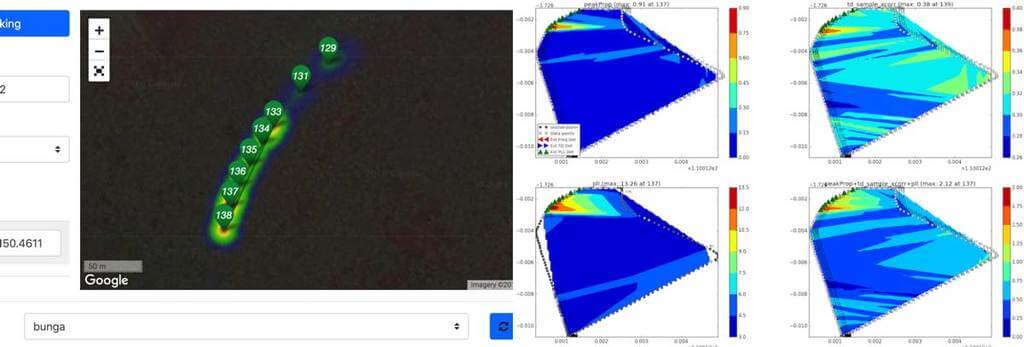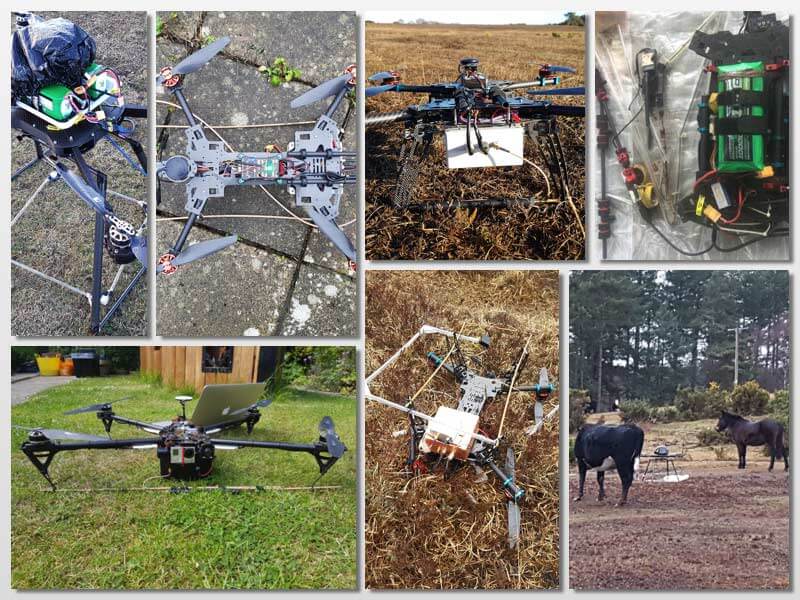GNU Radio Conference 2019 Videos now up on YouTube
GNU Radio Conference 2019 (GRCon19) was a conference about GNU Radio and projects based on GNU Radio that was held back in September 2019. GNU Radio is an open source digital signal processing (DSP) toolkit which is often used in cutting edge radio applications and research, and to implement decoders, demodulators and various other SDR algorithms.
Yesterday videos from all the GRCon19 talks were uploaded to YouTube. The talks consists of many high level and cutting edge SDR topics. All talks can be found on their GRCon19 YouTube playlist, and matching slides on the GRCon19 website presentations page.
A list of the talk titles is pasted below.
- Huntsville's Connection to Space
- GNU Radio Project Update
- Mega Hertz, Mega Samples, Mega bits, Mega Confusing
- Man or Machine?: Developing a Turing Test for Radio Intelligence
- UHD Four-O
- Striving for SDR Performance Portability in the Era of Heterogeneous SoCs
- Fixing the E310 Bottleneck: Implementing a High-Rate Heterogeneous FPGA DMA
- Determining Optimized Radio settings for specific waveforms
- Software Defined Everything
- GNU Radio Beyond 3.8 - A Technical Outlook
- GNU Radio Enhancements for Space-Based Research
- A decade of gr-specest -- Free Spectral Estimation!
- Open Source Licensing
- Spectrum Monitoring Network: Tradeoffs, Results, and Future Directions
- The Future of Digital RFICs
- Phase Synchronization Techniques
- Synchronization: Core Concepts and Applications
- AI and SDR: Software Meets Hardware Again...
- Building a radio with M2K and spare parts
- How we talked from the Moon: the Apollo communication system
- gr-satellites: a collection of decoders for Amateur satellites
- gr-iio: Nuances, Hidden Features, and New Stuff
- Open Sourcing the Search for Extraterrestrial Intelligence
- Multi-Vehicle Map Fusion Using GNU Radio
- SigMF.
- GPUDirect + SDR: How to Move One Billion Samples per Second over PCIe
- Multichannel phase coherent transceiver system with GNU Radio interface
- Exponent: Arbitrary Bandwidth Receiver Architecture
- UHD Streaming with DPDK: Raising the Throughput Ceiling with Drivers in User Space
- USRP based X-band Digital Beam Forming Synthetic Aperture Imaging Radar
- The GNU Radio PDU Utilities
- MetaSat: Metadata for Good
- Enabling Precise Timing Control in SDRs
- Managing Latency in Continuous GNU Radio Flowgraphs
- VLBI with GNU Radio and White Rabbit
- Performance Evaluation of MIMO Techniques With an SDR-Based Prototype
- UAS Community Testbed Architecture for Advanced Wireless Research with Open-Source SDRs
- Demonstration of GNU Radio Compatibility with a NASA Space Communications
- Network Modem (GRCON2019)
- Prototyping LTE-WiFi Interworking on a Single SDR Platform





